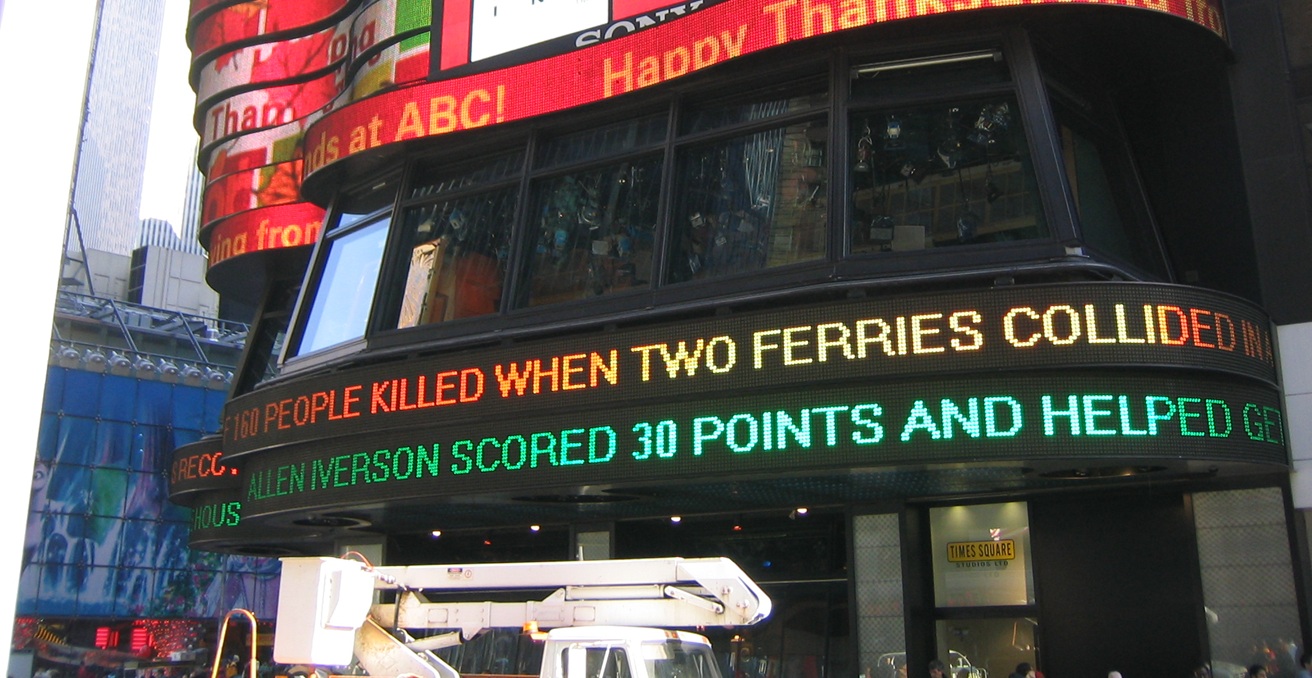The Darien jungle, known as the Darien gap, is the only land connection between Central and South America. It has become known as one of the most dangerous migratory routes in the world.
Songs of life, abundance, and rebirth – scenes that may trickle through our imagination when talking about nature – fade away when confronted with the realities of the Darien jungle – particularly when migration is mentioned. This jungle, known as the Darien gap, is a treacherous natural rainforest that separates Colombia and Panama. During the five-to-seven-day trek, migrants crossing the Darien are exposed to dangerous terrains, high temperatures, poisonous insects, and strong river drifts. This harsh geography couples with other risks for migrants and can lead to family separations, disappearances, and deaths.
According to official records, in 2022 alone, 248,284 people crossed the jungle to escape dire poverty, conflict, and other situations of violence. The number of people who crossed but did not make it out alive is impossible to know. Human tragedy and faceless deaths abound throughout this lush greenery.
The desire for a better life and a place of safety for individuals and their families is what drives people to chance this deadly rainforest. Migrants from Venezuela, Haiti, Cuba, and Ecuador, as well as people from countries across the Atlantic, such as Afghanistan, Syria, and Eritrea, cross the Darien in hopes of escaping conflict or other situations of violence as well as dire poverty. Unfortunately, not everyone survives the journey, leading to unanswered questions and ongoing heartbreak for the families left behind. Not knowing what happened can be the most difficult part.
In Panama, forensic doctors are working to give loved ones the closure they need. In the humanitarian field, forensic doctors have the privilege of playing a fundamental role in alleviating human tragedy. They make themselves present, fleetingly, in moments of deep pain, constant uncertainty, and extensive melancholy. They are there when, daily, people face the various forms of physical limits. They are there when death materialises; when a father, a daughter, a sibling has been torn from the bosom of a family, due to circumstances of life, violence, conflict, or migration. Forensic doctors are there when the fragrant roses of existence prick souls with their sharpest thorns.
Through interview tools, clinical documentation, recovery of bodies, and scientific identification, forensic doctors provide facts that connect the next of kin with the harsh realities of someone’s disappearance. Forensic scientists decipher what, at first, seems to be an entangled weave of events, pain, and violence, and translate these points of information into words and writings that are understandable for a fair judge and for family members who desperately need to know the fate of a loved one. Forensic science is not only operational, technical, and scientific, it is also used as a tool to transform the anguishing noise of loss and disappearance into intelligible notes that provide an ending to the story of a loved one, now a migrant to other lands, beyond this world.
Forensic doctors do not work alone. Identification, clarifying the fate of a missing person, and relieving uncertainty and suffering require strong collaborations between local institutions and authorities, as well as robust mechanisms of coordination between states. Infrastructure such as morgues and individualised burial locations ensure that identities are preserved and loved ones are traceable. As a forensic advisor in the humanitarian field, I work closely with field teams who work daily with affected families, as well as with authorities and with legal advisors, among others.
This March, the International Committee of the Red Cross (ICRC) Regional Delegation for Panama and the Caribbean hands over “Módulos de Resguardo Humanitario para personas migrantes que fallecen en la ruta del Darién” – a Module of Humanitarian Safekeeping Niches in Darien. This module consists of 100 niches for the dignified individual inhumation of migrants who may die along the Darien migratory route and whose identities have not yet been established, or whose next of kin normally live abroad and have not claimed the body for a separate burial process or a process of repatriation. A niche is an above-ground structure, used as an individualised temporary or final resting place for human remains. The architectural structure is designed by the ICRC Panama water and sanitation officer and architect Eduardo Silgado. The materialisation of this module is the result of a cooperation framework between the ICRC, the Institute of Legal Medicine and Forensic Sciences – Public Ministry, and the Municipality of Pinogana – Darien.
Through its forensic work, the ICRC aims to ensure that the remains of those who lost their lives in connection to armed conflicts and other situations of violence, including migration, are searched for, recovered, documented, and managed in a dignified and professional manner, in line with forensic best practices and internationally accepted standards.
Liliana Dueñas is a Forensic and Missing Advisor for the International Committee of the Red Cross in Panama.
This article is published under a Creative Commons Licence and may be republished with attribution.




